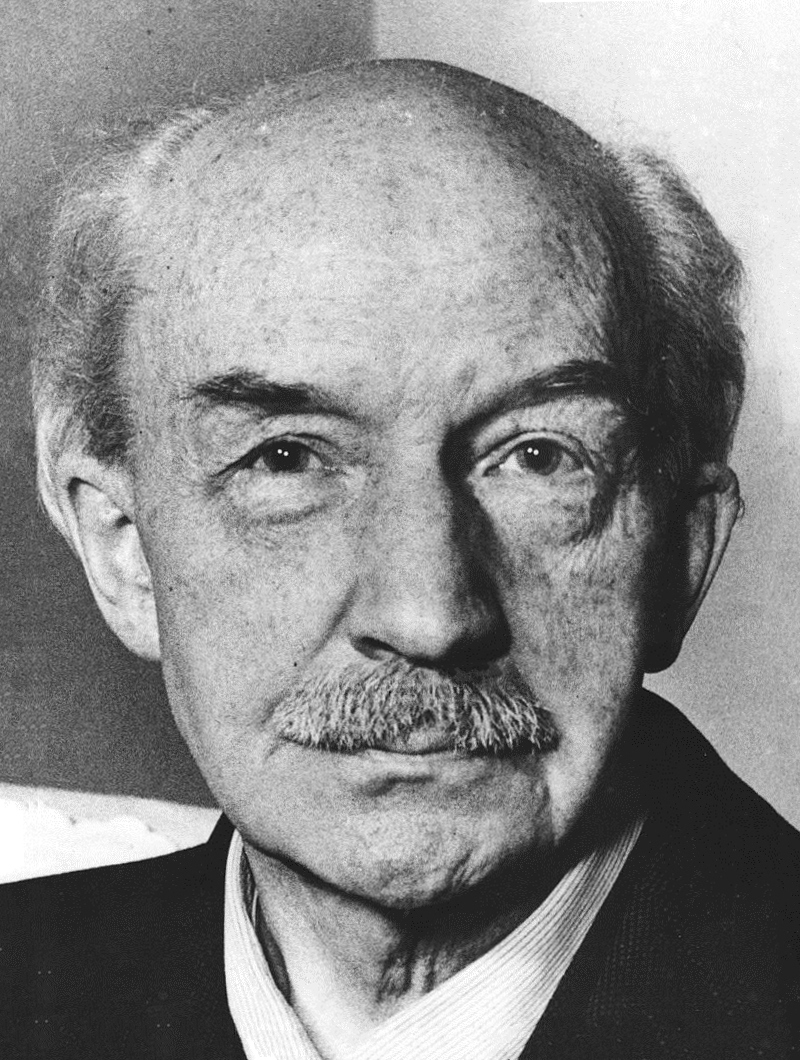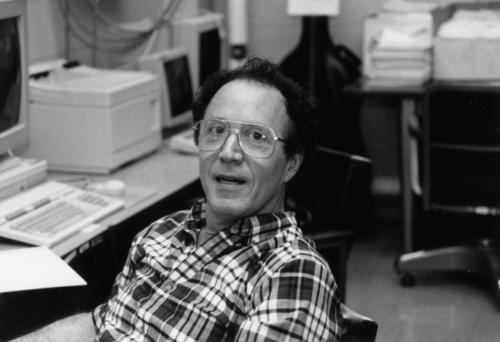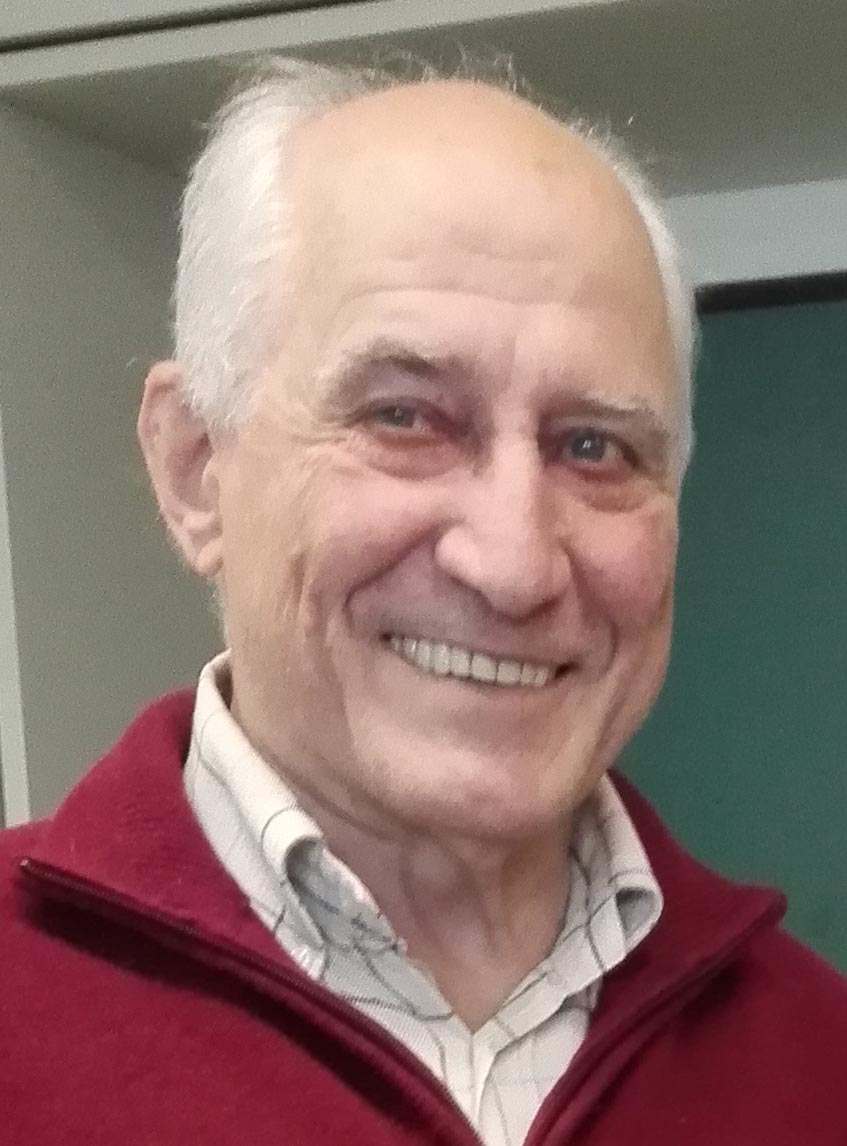EPJ H Highlight - Lev Strum: A forgotten physicist who predicted the foundations of tachyon theory
- Details
- Published on 27 June 2025

A new paper reviews the life and career of Lev Strum: a little-known physicist who faced a tragic fate, and whose ideas about faster-than-light travel were revived decades later with the emergence of tachyon theory.
Ever since Einstein developed his theory of Special Relativity in 1905, physicists have widely accepted that no particle or information-carrying signal can ever travel faster than the speed of light in a vacuum. Following Einstein’s theory, however, the idea persisted that faster-than-light motions could still be possible in some cases. By far the most well-known revival of this idea was the emergence of tachyon theory in the 1960s.
Decades earlier, however, many of the most important elements of tachyon theory were also proposed by Lev Strum: a Ukrainian-Jewish physicist who ultimately faced a tragic fate, and whose name has been almost entirely forgotten. Through a new study published in EPJ H: Historical Perspectives on Contemporary Physics, Helge Kragh at the University of Copenhagen reviews the ideas proposed by Strum, and presents a biography of his life and scientific career.
EPJ H Highlight - Revisiting the failure of Germany’s wartime nuclear program
- Details
- Published on 27 June 2025

Analysis suggests that the failure of Germany’s nuclear program during World War II was strongly tied to the lack of petroleum coke with which to make high-purity graphite: a material which the more successful American program had in abundance.
During World War II, Germany developed a program dubbed ‘Uranverein’, or ‘Uranium Club’ – which aimed to build a functioning nuclear reactor. But where the parallel American program succeeded, Uranverein ultimately ended in failure: an outcome widely studied by physicists and historians. One particularly pivotal point in this failure was the program’s choice to abandon graphite as a nuclear moderator. Today, it is widely believed that this decision stemmed from erroneous experimental results by a German nuclear physicist, Walter Bothe.
Through an investigation published in EPJ H: Historical Perspectives on Contemporary Physics, researchers led by Patrick Park at Princeton University present an alternative idea: that identically pessimistic tests in January 1941 dissuaded both Walther Bothe in Heidelberg and Enrico Fermi at Columbia from graphite moderation. Instead, graphite moderation was only possible in the US due to the discovery of an exceptionally low-boron petroleum coke feed in Pennsylvania later that year. The team’s findings challenge a long-standing misconception about Germany’s wartime nuclear program and suggest that Bothe likely couldn’t have avoided his erroneous results.
EPJ H now explicitly invites submissions of tandem papers
- Details
- Published on 14 February 2025

Encouraging physicists to actively engage with their discipline‘s history has long been a key goal of The European Physical Journal H: Historical Perspectives on Contemporary Physics (EPJ H). As part of these efforts, EPJ H now explicitly invites submissions of "tandem papers".
In their basic form, these are co-authored papers in which the physicist provides a state-of-the-art overview of a contemporary topic and the historian complements this with a historical contextualization. For examples of this, see the recent EPJH special issue on "History for Physics: Contextualizing modern developments in the foundations of quantum theory". In the future, we also welcome a wider variety of collaborations between historians and physicists. The Editorial Board explicitly also encourages expressions of interest in this format and offers support, both for individual researchers looking for suitable tandem partners (from history as well as from physics) and for pairs of researchers seeking to develop the tandem format.
For any inquiries, please reach out to Bernadette Lessel, This email address is being protected from spambots. You need JavaScript enabled to view it. .
EPJ H Highlight - Personal reflections on the foundations of Lattice Gauge Theory
- Details
- Published on 17 January 2025

Through a talk at the Lattice 2024 Conference in Liverpool, Dr John Kogut reflects on the early years of a theory which would come to play a pivotal role in modern physics
Lattice Gauge Theory (LGT) provides a mathematical framework for studying the properties of quarks, and the strong force which binds them together. John Kogut is a pioneer of LGT, and provided his perspectives on the foundations of the theory through a short talk at the Lattice 2024 Conference, now published in EPJ H: Historical Perspectives on Contemporary Physics.
EPJ H Highlight - Touschek and Gatto: exploring a friendship that would shape fundamental physics
- Details
- Published on 15 January 2025

A review of personal exchanges and personal communications sheds new light on the collaboration between both researchers, which would lay the foundations for groundbreaking discoveries in particle physics
The Large Hadron Collider (LHC) made its groundbreaking discovery of the Higgs Boson in 2012, but its ancestry can be traced back over 60 years to the first electron-positron collision experiment in Italy. Named Anello di Accumulazione (AdA), the experiment was the world’s first collider of matter and antimatter.
Through new research published in EPJ H: Historical Perspectives on Contemporary Physics, Luisa Bonolis, a historian of physics from MPIWG in Berlin, together with particle physicists Franco Buccella from INFN Roma1 and Giulia Pancheri at INFN Frascati Laboratories, tell the little-known story how AdA’s theoretical foundations were shaped by the collaboration between Bruno Touschek and Raoul Gatto: two pioneering physicists with a deep knowledge of the properties of fundamental particles.
Obituary - Prof. Wolf Beiglböck (1939–2024): Reminiscences on the architect of the European Physical Journal and Founding Editor of EPJ H
- Details
- Published on 17 December 2024

This short text is not intended as a traditional obituary nor, certainly, do its authors make any attempt to do justice to Wolf Beiglböck’s many other roles outside scientific publishing, e.g., as academic researcher and teacher [1]. What is more, no doubt others could add many details of his multiple, diverse contributions toward establishing Springer-Verlag as a major international publishing house in physics (including astronomy and mathematical physics), for which in the late 1960s he became an external scientific advisor, yet for all practical purposes acting as a fully fledged publishing editor.
A few such contributions are readily evident from the writings of others, e.g., in [2], about the early years of Communications in Mathematical Physics or from his own account in [3] of the launch of Lecture Notes in Physics and, last but not least, also from his legacy of technical developments, having introduced LaTeX-based production workflows during the 1980s when Springer was the publisher, under his supervision, of Astronomy and Astrophysics (1969–2000). He did so, collaborating with his wife, Urda Beiglböck, a programmer who had also worked for Springer part-time for many years and who passed away in 2014.
EPJ H Highlight - Merging two journals dedicated to the history of physics
- Details
- Published on 20 September 2024

Under new leadership, EPJH has been integrated with Quaderni di Storia della Fisica
On July 1st, 2024, the European Physical Journal H (EPJ H) merged with Quaderni di Storia della Fisica (Notebooks of History of Physics), one of very few other journals dedicated to the history of physics. The merger was announced through a new editorial published in EPJ H by the journal’s new Editors-in-Chief, Alexander Blum at the Max Planck Institute for the History of Science in Berlin, and Matteo Leone at the University of Turin.
EPJ H Special Issue - From history of physics to “history for physics”
- Details
- Published on 18 September 2024

The special issue “History for Physics: Contextualizing modern developments in the foundations of quantum theory” aims at demonstrating the importance of the history of physics within physics itself.
With their special issue “History for Physics: Contextualizing modern developments in the foundations of quantum theory” the guest editors aim to bridge contemporary topics in physics with their historical context and to draw attention to the history of physics as a subject of study and research for the active practitioner in physics but also hope to encourage historians of physics to engage with contemporary questions in physics, to possibly draw from this inspiration, or recognize need, for further historical research.
Central to carrying over the “history for physics” theme to the special issue format is the concept of tandem articles. Each tandem article consists of two parts: a part written by a historian of physics and a part written by a physicist. Both parts are supposed to treat one and the same aspect of a foundational issue involving quantum theory in a broad sense. In their respective parts, each author treats this aspect from their own respective perspective: The physicist contributes to the description of the state of the art of an open problem or debated phenomenon related to quantum physics, whereas the historian provides an appropriate historical account related to this actual case. The precise shaping and proportioning of the parts were left to the authors.
EPJ H Highlight - Were Bohr and von Neumann really in conflict over quantum measurements?
- Details
- Published on 18 September 2024

Analysis suggests that the two pioneers of quantum mechanics may have had more similar views than previously thought regarding the nature of quantum systems, and the classical apparatus used to measure them.
In the early years of quantum theory, two foundational thinkers developed independent ideas about how measurements of quantum systems should be interpreted. While Niels Bohr suggested that these measurements require a clear distinction between the quantum system being measured and the classical apparatus performing the measurement, John von Neumann argued that quantum mechanics should apply to everything, including the measurement apparatus.
Since these interpretations emerged, quantum theorists have widely viewed them as being in conflict with each other. Yet through new analysis published in EPJ H: Historical Perspectives on Contemporary Physics, Federico Laudisa at the University of Trento suggests that Bohr and von Neumann’s views are far closer than currently thought.
EPJ H welcomes new Editors-in-Chief after merger with Quaderni
- Details
- Published on 31 July 2024

Effective 1 July 2024, EPJ H: Historical Perspectives on Contemporary Physics has merged with one of the very few other journals exclusively devoted to the history of physics, the Quaderni di Storia della Fisica. The new Editors-in-Chief, Alexander Blum and Matteo Leone, take the baton from the previous Editor-in-Chief, James D. Wells, and his predecessors Wolf Beiglböck, who founded EPJH in 2010 and was responsible for shaping its profile, Francesco Guerra and Michael Eckert.
With the merger EPJH has undergone a major editorial reorganization and in their Editorial Alexander Blum and Matteo Leone describe how they see this as an opportunity for the journal’s growth and development.




